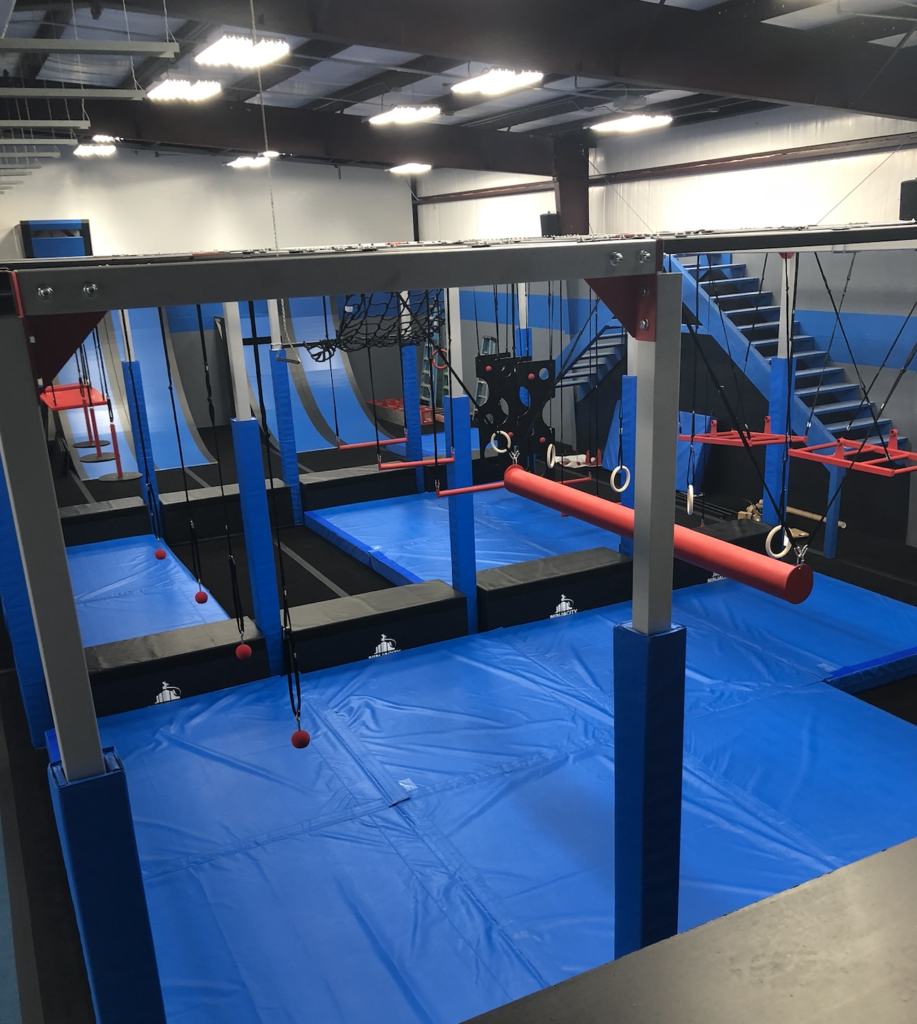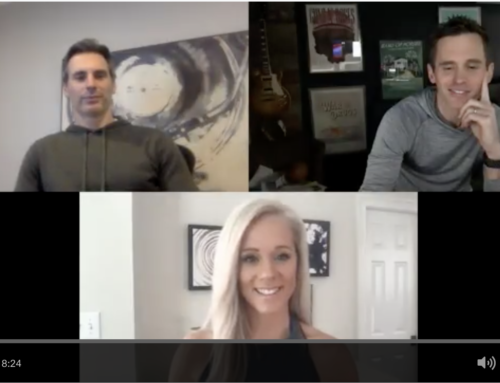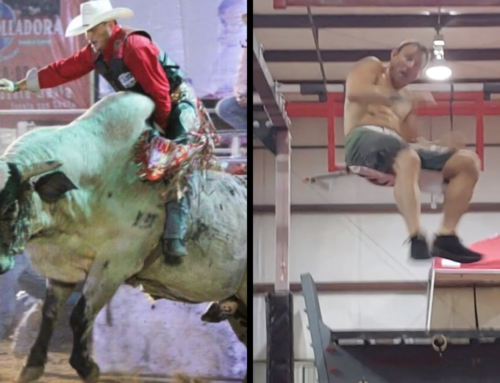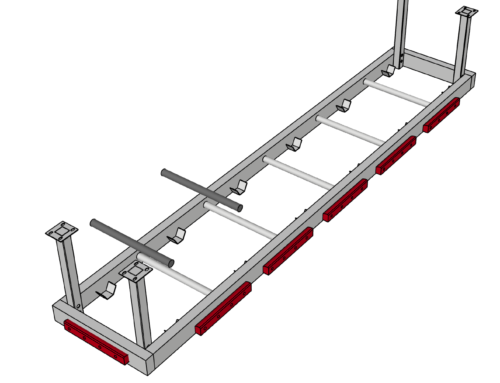As far as competitive sports go, Ninja would be considered a new player in the game. The last 5 years alone has seen crazy growth in the competitive side of Ninja. Outside of the TV show competition, there are several wildly popular Ninja leagues that have heavily influenced the type of training in the Ninja Facilities across the country. Initially created as drop-in spots to have some obstacle fun, Ninja gyms have now seen the benefits of offering organized classes with true curriculums taught by certified coaches.
This is good news in that Ninja is not a fad or the latest craze. It has true sustainability like soccer, basketball or any other sport that is fun, well organized, and is competitive.
There is one important element in Ninja that I see as vital to its sustainability — Safety. If parents don’t feel confident that their child will have a safe training environment, then I can promise you they will go find a more traditional sport. Each and every Ninja facility should all be diligent about doing their part.
So, how does one make their Ninja facility safe? There are many things to consider, but here are some of the most important:
Equipment
One of the most important factors for safety in your gym is the equipment. Of course, you will want to source your equipment from a reputable manufacturer with a solid safety track record. It’s tempting to go find the cheapest equipment somewhere overseas, but we would encourage you to be tread very cautiously with this decision, and consider these aspects before going overseas:
- Are there any reviews of the equipment and/or the manufacturer from other verified buyers?
- Can you get in touch with an actual customer support representative?
- What is their warranty, and can/will they honor it?
- How long will it take to receive the product?
- Are there any import taxes, duties, etc you will be responsible for?
- If something breaks, can you order replacement parts, and how quickly can you get them?
A lot of times, with a little homework, you may discover that the money you appear to be saving up-front from an overseas manufacturer actually ends up costing you quite a bit more in the long run.
In addition to actually purchasing your equipment, you will want a solid plan for the layout of your equipment and the type of obstacles you plan to have. This is where design comes in to play. Having a professional design done for you from someone who is experienced in Ninja (like us!) Is key to operating a safe program. Your designer will consider your target audience and recommend obstacles that are suitable and safe for those that will be using it. In addition, the designer will come up with a layout that will allow for good flow and safe use of the equipment. Lastly, your designer will be very helpful in recommending appropriate matting for your course. That will be discussed in more detail below.
Once you have your equipment set up and you begin operations, there are some essential checks you should make often. There are a number of checks with respect to specific obstacles but I have narrowed down the inspections to a few very important general checks that every setup will need.
Welds – With a lot of obstacles your kids will be swinging on, more often than not, a welded piece of steel is what is keeping them aloft. Pretty important that the weld is as it should be, right? Keep an eye on your obstacles! At the end of each day, make your rounds through your course and be on the lookout for any possible cracking or a bend in steel at a weld location. If you see either of these, pull that obstacle or mark it off limits immediately and contact your rep.
Quick Links – There are also a number of obstacles that have slings and quick links. Again, these quick links are a vital piece of a series of elements holding your kids up in the air. So, it is so important that your quick links are closed off and tight. A small quick link left open will fail quickly. I have seen it happen. Secondly, to assist with keeping your quick link hex nut tight, make sure it is oriented to where it is on top. That is, when you tighten it, it should screw down when closing. So, once tightened, you will get a little help from gravity to keep it where it should be.
Hardware – The last thing you want is for a piece of your rig or obstacle to come off because of something like hardware coming loose. The Ninja rigs will have a good bit of vibration through them, so hardware can loosen over time. Anything that has a nut or bolt should be checked often.
Matting
There isn’t much more important than the matting you are putting in your facility. Yes, I know, it’s expensive, but (it’s cliche) you can’t put a price on safety! Pad, pad, pad, mat, mat, mat! Everywhere!
Here is a fantastic example of a properly matted gym:

If it is my gym, here is what I’m going to do. Every inch of flooring in the training area is going to have a layer of at least 1 3/8” carpet bonded foam. Anything solid, made of steel or wood, that a kid can run in to or hit their head on is going to have a pad.
Moving on to safety mats…of course, any obstacle hanging above the ground will have a safety mat underneath it. How thick should it be? Our rule of thumb is 1in of matting for every foot an athlete may fall. High flying, swinging/leche elements are what I consider high risk for back landings. This means an athlete’s head can likely come in contact with the landing surface. For these type obstacles, I like to over-mat. Consider using a supplemental mat (like a pit pillow), going with a resi, or doing these obstacles over foam block or an air bag.
Coaching
When it comes down to it, the coach is the first line of defense in preventing accidents from happening. A competent coach should be cognizant of equipment status and athletes at all times. One who is alert and aware of all surroundings can save the day or even someone’s life. It’s important to instill in them that becoming complacent is not an option while in the gym with the athletes. Once it becomes a habit for each of your coaches, you can feel confident that unnecessary accidents are much more likely to be prevented
Safety comes first when we design our facilities. If you are need of a consult or just want to bounce some ideas off of us about your course or training, don’s hesitate to give us a call or shoot us an email
brad@InteractiveSportsZone.com
Brad Thornton




Leave A Comment